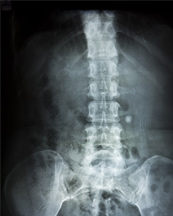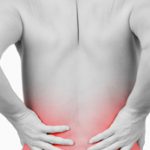What is Corpectomy?
Understanding a Corpectomy
A corpectomy is a spinal surgery procedure in which a portion of a vertebra and adjacent intervertebral discs are removed to allow decompression of the spinal nerves. It may be performed in the neck, or cervical region of the spine, a procedure called a cervical corpectomy, or in the lower, or lumbar region, called a lumbar corpectomy. Spine fusion surgery is often performed following the corpectomy, incorporating a bone graft and in many cases a metal plate attached by screws to adjacent vertebrae, to provide stability to the spine, as the corpectomy compromises the strength of the involved vertebra.
How does a Corpectomy Help Spine Pain?
Vertebral discs naturally degenerate with age, and the loss of cushioning and attendant wear on the vertebrae, as well as thickening of spinal ligaments, can lead to the formation of bone spurs. These changes can narrow the spinal canal and press on the spinal nerves, causing radiating pain, numbness, and muscle weakness. In such cases a discectomy alone – the surgical removal of an intervertebral disc – cannot decompress the spinal cord and nerve roots sufficiently to relieve pain or restore mobility caused by degeneration of the discs. The surgery may also be recommended in cases where spinal tumors are impinging on spinal nerves, or in cases of traumatic spinal injury.
In the corpectomy procedure the affected vertebral body is removed, and the space is reconstructed, often with titanium, plastic (PEEK), or carbon fiber cages, and bone is grafted to promote fusion between adjacent vertebrae. As noted, the vertebra is often further stabilized by securing it to adjacent vertebrae with screws secured by rods. A plate with screws may be placed upon the area of the vertebral body where bone was removed to facilitate the fusion process. Here at New Jersey Spine Specialists, we have performed corpectomies on patients from throughout the region and beyond, and we believe it is an excellent treatment option for some patients with severe compression of spinal nerves caused by degenerative disc disease, trauma, tumor or other medical conditions.








